The Gashadokuro, a legendary entity from Japanese folklore, has captivated the imaginations of people for centuries. Its mystique and chilling presence have been the subject of many tales, both ancient and contemporary. In this article, we will delve into the origins of the Gashadokuro legend, explore its physical description and symbolism, examine its representation in popular culture, and discuss its role in supernatural beliefs and superstitions. Furthermore, we will debunk prevailing misconceptions surrounding this enigmatic creature.
The Origins of the Gashadokuro Legend
Ancient folklore and mythology serve as the foundation for the Gashadokuro legend. Deeply ingrained in Japan’s cultural heritage, this mythological creature carries profound significance. Let us explore its origins and the stories that have been passed down through generations.
The Gashadokuro, a terrifying entity from Japanese folklore, has captivated the imaginations of storytellers for centuries. These colossal skeletons, said to come alive at night, embody the fears and superstitions of ancient Japan. Legends whisper that the Gashadokuro are formed from the accumulated remains of those who have met tragic ends, their spirits twisted into a monstrous being that roams the darkness seeking vengeance.
Ancient Folklore and Mythology
Within the rich tapestry of Japanese folklore, the Gashadokuro holds a prominent place. It is believed that these colossal skeletons come alive at night, terrorizing those who encounter them. Legends tell us that the Gashadokuro are formed from the remains of people who have died in battles, or those who were not given proper burials. Their bodies accumulate in the darkness, merging into a colossal skeletal being.
As the moon rises high in the sky, casting an eerie glow over the land, the Gashadokuro awakens from its slumber. Its bones creak and groan as it lumbers through the shadows, a harbinger of doom to any unfortunate soul who crosses its path. The legends caution that the only warning of its presence is the sound of distant rattling bones, growing louder and louder until the monstrous skeleton looms before its prey.
Cultural Significance in Japan
Japan’s cultural landscape is imbued with folklore and mythical creatures, and the Gashadokuro stands out for its unique symbolism. In Japanese belief systems, these towering skeletal giants are ominous omens, often representing national calamities or imminent disasters. It is said that their appearance is an eerie reminder of societies that disregard the reverence for life and the importance of proper burial rituals.
The Gashadokuro serves as a cautionary tale, reminding all who hear of the consequences of neglecting the spirits of the departed. Its presence in folklore serves as a moral lesson, urging respect for the dead and the rituals that honor their memory. Through the chilling tales of the Gashadokuro, the importance of honoring the past and acknowledging the interconnectedness of life and death is woven into the fabric of Japanese culture, ensuring that the lessons of the past are not forgotten.
Understanding the Gashadokuro
Physical Description and Characteristics
The physicality of the Gashadokuro is awe-inspiring and terrifying in equal measure. Standing several stories tall, their skeletal frames emit an otherworldly aura. These ethereal giants are known for their power and endurance, possessing an insatiable hunger for human flesh. Legends often depict them as having empty eye sockets that glow eerily in the darkness, sending shivers down the spines of those unfortunate enough to see them.
It is said that the bones of the Gashadokuro are as hard as steel, making them nearly invulnerable to conventional weapons. Their footsteps are said to cause tremors that can be felt miles away, striking fear into the hearts of all who hear them. Despite their intimidating presence, some believe that the Gashadokuro are not inherently evil but rather manifestations of unresolved anger and sorrow.
Symbolism and Interpretation
Beyond their physical appearance, the Gashadokuro embodies profound symbolism. They are said to serve as a reminder of the repercussions that follow neglect, indifference, and disrespect towards the dead. The Gashadokuro’s skeletal form represents the forgotten souls seeking restitution and justice from the living world. Their presence urges societies to acknowledge the importance of honoring the deceased and preserving traditions.
In some interpretations, the Gashadokuro is seen as a guardian of the spirit world, ensuring that the balance between life and death is maintained. Their haunting presence serves as a cautionary tale, warning against the consequences of forsaking cultural practices and ancestral customs. It is believed that those who encounter a Gashadokuro must reflect on their own actions and show reverence towards the spirits of the departed to avoid invoking the wrath of these vengeful beings.
The Gashadokuro in Popular Culture
References in Literature
Throughout history, the Gashadokuro has made appearances in various literary works, captivating readers with its eerie presence. Revered authors have used this mythical creature to explore themes of mortality, justice, and societal attitudes towards death. Its inclusion in Japanese literature has solidified its status as a cultural icon and further perpetuated its enigmatic nature.
One notable example of the Gashadokuro’s presence in literature can be found in the works of renowned Japanese author Lafcadio Hearn. In his collection of supernatural tales, Hearn weaves intricate narratives around the Gashadokuro, portraying it as a vengeful spirit seeking retribution for past injustices. Through Hearn’s vivid descriptions and haunting prose, readers are transported into a world where the boundary between the living and the dead blurs, showcasing the Gashadokuro’s enduring appeal in storytelling.
Gashadokuro in Film and Animation
The Gashadokuro’s terrifying visage has also found its way onto the silver screen, captivating audiences worldwide. In film and animation, it has been portrayed as a formidable antagonist, heightening suspense and evoking fear. Its immense stature and skeletal appearance lend themselves well to visual storytelling, making the Gashadokuro a memorable and chilling figure in popular culture.
In recent years, the Gashadokuro has become a recurring motif in animated films, particularly in the realm of Japanese anime. Artists and filmmakers have reimagined the Gashadokuro in various art styles, showcasing its adaptability and enduring popularity. From its haunting presence in horror anime to its unexpected cameos in light-hearted productions, the Gashadokuro continues to leave a lasting impression on audiences of all ages, solidifying its status as a timeless icon in the world of animation.
The Gashadokuro and Supernatural Beliefs
Connection with Ghost Stories
The Gashadokuro’s association with ghost stories is deeply rooted in Japanese supernatural beliefs. Tales of vengeful spirits and restless souls often intertwine with the Gashadokuro, emphasizing its role as an omen of impending doom. These narratives serve as cautionary reminders, urging individuals to respect the spirits of the departed and maintain harmony between the living and the dead.
Furthermore, the Gashadokuro is often depicted as a towering skeleton made up of the bones of those who died of starvation or neglect. This macabre origin story adds a layer of tragedy to its existence, highlighting the importance of compassion and empathy towards others, even in the afterlife.
Role in Japanese Superstitions
Japanese superstitions surrounding the Gashadokuro are prevalent, as they embody the consequences of neglecting the spiritual realm. It is believed that encountering a Gashadokuro is a sign of impending disaster, cautioning individuals to be wary of their actions and responsibilities. Superstitious practices often involve rituals to appease the spirits and avoid awakening the wrath of these skeletal behemoths.
In addition to being harbingers of misfortune, Gashadokuro are also said to possess the ability to sense insincerity and malevolence in human hearts. This belief underscores the importance of honesty and integrity in one’s interactions with others, as deceit and ill intentions may attract the attention of these supernatural beings, leading to dire consequences.
Debunking Misconceptions about the Gashadokuro
Separating Fact from Fiction
Despite the enduring allure of the Gashadokuro, it is essential to separate fact from fiction. While folklore and mythology describe this creature in vivid detail, it is important to recognize that these tales originated from a rich tradition of storytelling, rather than historical accounts. Appreciating the Gashadokuro as a mythical entity can enhance our understanding of cultural beliefs and symbolism.
The Gashadokuro, a giant skeleton yokai from Japanese folklore, is said to be created from the amassed bones of people who died of starvation or in battle without a proper burial. Legends depict this colossal creature as roaming the night, preying on unsuspecting humans with its insatiable hunger for vengeance. Its towering figure and eerie presence have captured the imagination of storytellers for centuries, serving as a cautionary tale about the consequences of neglecting the spirits of the deceased.
Common Misunderstandings and Clarifications
There are various misconceptions surrounding the Gashadokuro, often fueled by inaccuracies in popular culture portrayals. It is crucial to dispel these misunderstandings and provide accurate information to prevent the perpetuation of distorted narratives. By examining the roots of the Gashadokuro legend and exploring its true cultural significance, we can appreciate this legendary creature in a more nuanced light.
Contrary to some modern depictions, the Gashadokuro is not merely a mindless monster seeking destruction. In traditional folklore, it embodies themes of retribution and justice, highlighting the importance of respecting the dead and honoring ancestral spirits. The skeletal giant serves as a symbolic reminder of the consequences of societal neglect and the enduring power of collective memory. By delving deeper into the origins of the Gashadokuro myth, we can uncover layers of meaning that offer profound insights into the human experience and our relationship with the supernatural world.
In Conclusion
The legend of the Gashadokuro continues to captivate and intrigue, with its origins steeped in ancient folklore and mythology. This colossal skeletal entity represents a cautionary tale about neglect, an ominous reminder of the importance of honoring the departed. Its presence in popular culture further solidifies its status as a cultural icon, while superstitions and supernatural beliefs continue to infuse the Gashadokuro with an air of mystique. By debunking misconceptions, we gain a deeper appreciation for this enigmatic creature and the cultural heritage it embodies.


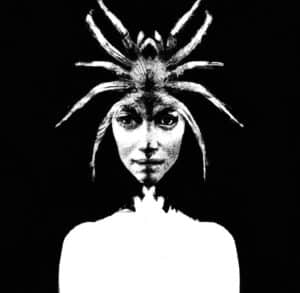
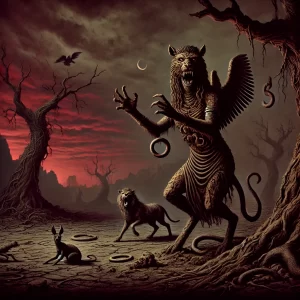
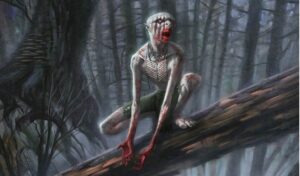
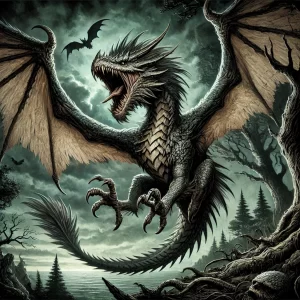
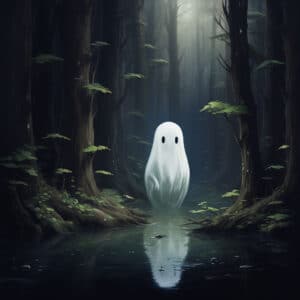
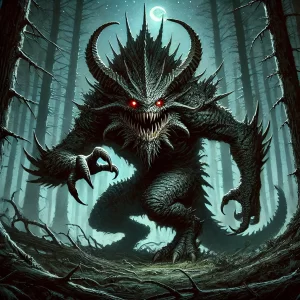
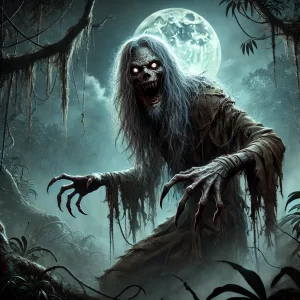
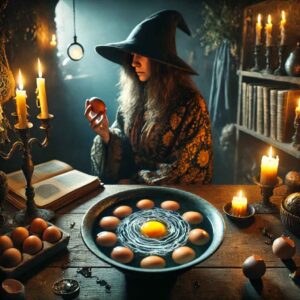
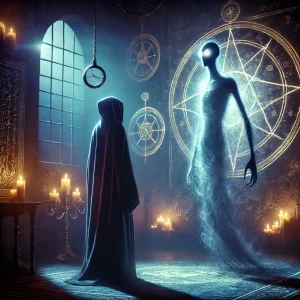
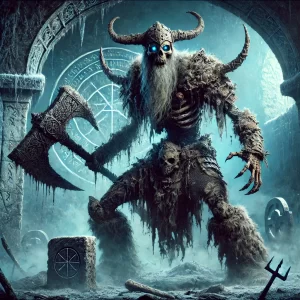




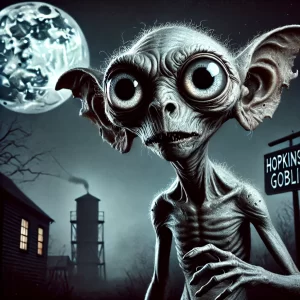
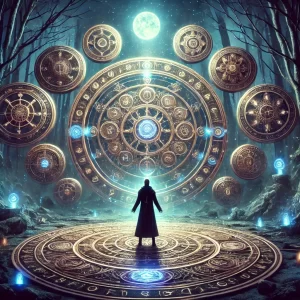

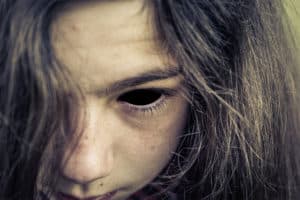
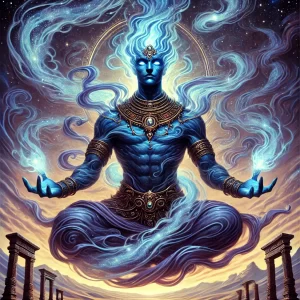
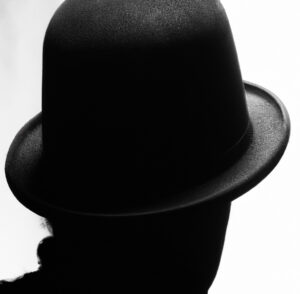



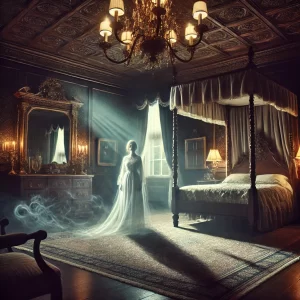
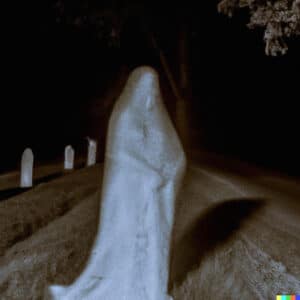
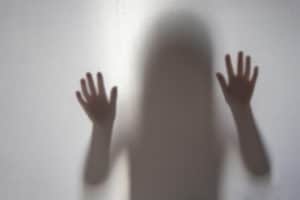

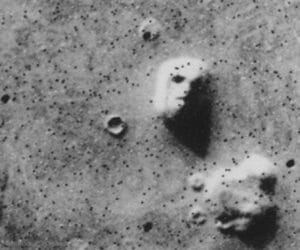
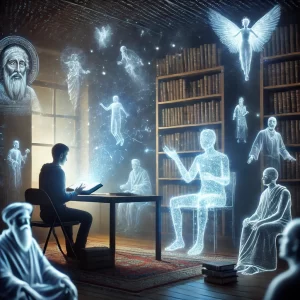
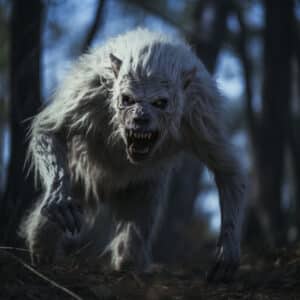
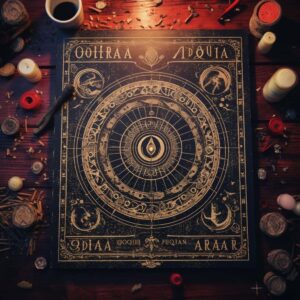



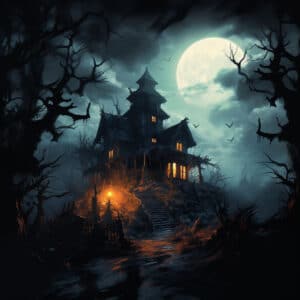
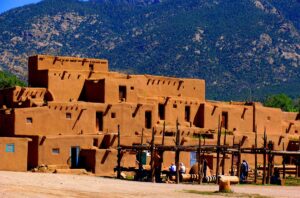
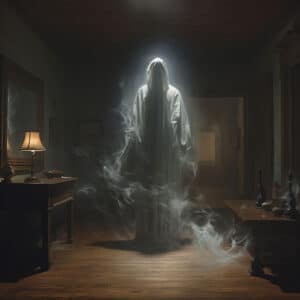

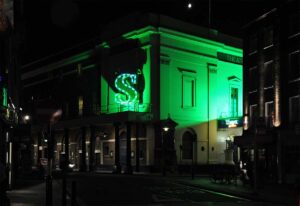
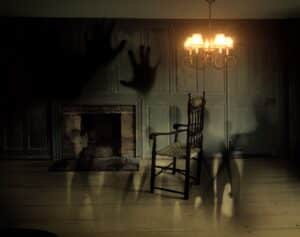




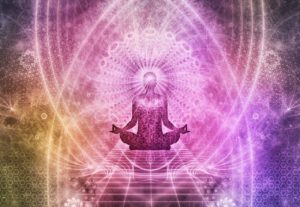


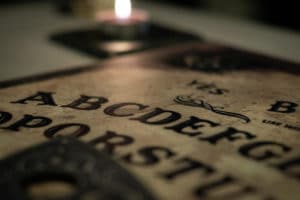
Leave a Reply